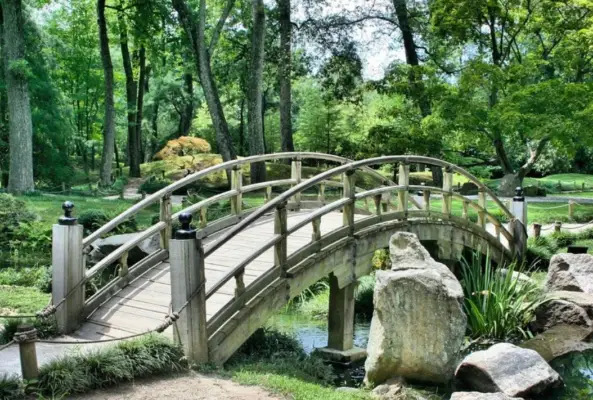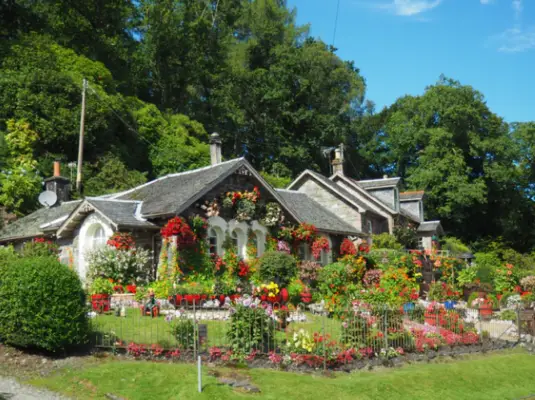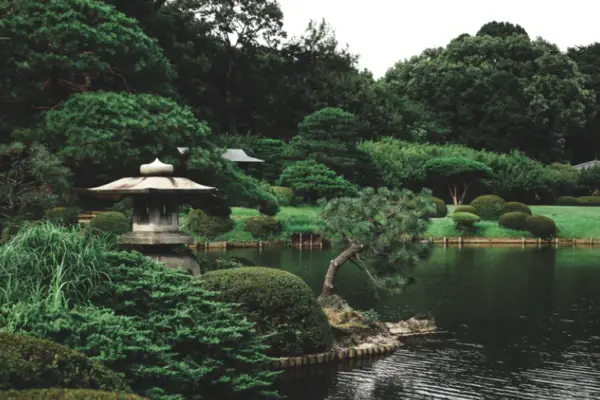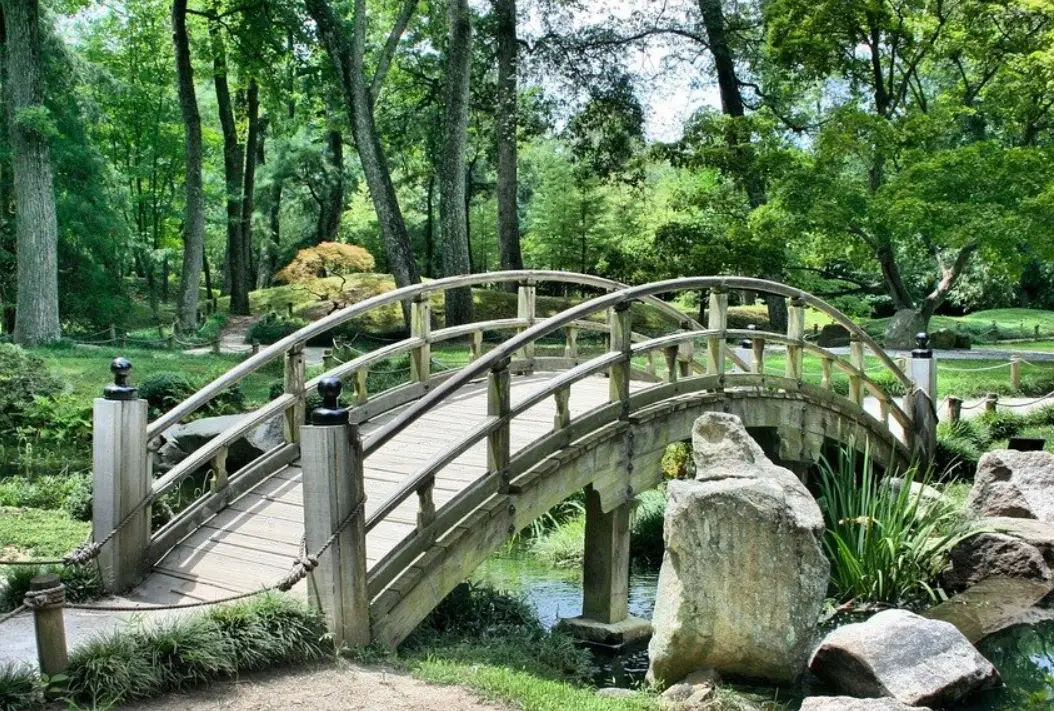Did chicken come first or the egg? This may seem absurd, but anyone can be astonished to know that this is a valid question in philosophy. It has given many sleepless nights to our philosophers getting entangled in the question of form and reason.
Every discipline has an underlying ideology. They can, at large, be differentiated into altruistic and materialistic. Art is a conduit of expressing and enjoying ethereal emotions—the degree of the intensity of the subject matter being qualified by Aesthetics.

To get an idea of what this is, one would have to go down the timeline.
The Emergence of Aesthetics and Physical Beauty
Axiology is something that helps to estimate the value of the subject matter. Aesthetics is one of its branches, along with Religion and Ethics. Ideas in philosophy for assessment guide aestheticism.
Etymological Reference
Etymologically speaking, the word traces its history to the Greek word ‘Aisthetikos’ or ‘αἰσθητικός’, which means sensitive and conscious. The term was derived from the verb ‘Aisthanomai’ or ‘αἰσθάνοµαι’, which means the act of feeling and sensing.
This was later accommodated in German, and its modern form was taken from thee by Alexander Baumgarten in the latter half of the 1700s.
Relevance of European Touch
Aesthetics, as we understand it today, has transcended to have a European touch. Socrates started it in 4 BCE as deviating from mythologies to explain nature. Plato and Aristotle introduced the abstract value of beauty, harmony, proportions, and nostalgia to it.
Later, Alexander Gottlieb tried to explain it as perceiving good and bad in art through cognitive functions. In his Critique of Judgement, Immanuel Kant propounded that humans sense and judge things through their senses and mind. So, the aesthetic degree of an item can be different to different people. Some may find Landscaping stones and landscaping lights a sight to behold. For others, it may be a waste of money.
Surfacing the Landscape
Today, the term can relate to art, paintings, geography, architecture and many similar disciplines. This piece would limit it with the natural or manmade scenic beauty of a piece of land.
Etymological Reference
Similarly, if we follow the trail of the origin of the word Landscape, it will take us to the 1600s. Etymology suggests that it has come from the Dutch word, ‘Landscape, which means land with the surrounding region. The Landscape was used in Shakespearean times. Its old and new German variants were similar too, i.e. ‘Lantsacf’ and ‘Landschaft’. Old Nordic language had ‘Landscape, which denoted a land with distinct features.
Landscaping is a verb making a piece of land to add value to its degree of aestheticism or beauty. In other words, it means making your backyard worthy of having moments of peace and apple for the eye.
How Aesthetics Influences Landscaping
Theories of evolution can showcase that homo sapiens have been viewing Landscape as a place to dwell. What keeps them safe, gives food, where they thrive and grow in peace is beautiful for them. After fulfilling basic needs, altruistic needs come over, and a change in Landscape has proved to be a good idea. Urban Landscaping is one such example.

Over time, civilisations learned the art of growing trees and making bonsai, which seemed magical initially. With biology comes ecology. We should note that not every ecologically sound and prosperous place wins the race of beauty. Think about marshes here!
That being said, ecology and Landscaping go hand in hand. This takes us to the next section of this article which talks about how aesthetics in Landscaping can be a grey area to tread on.
This article wants you to have a bird’s eye view of what a simple transformation can change your perspective. Imagine your front yard or back yard sans any vegetation. Grey clinal space desolate and devoid of vibrance. Or it can be unkept, desolate and overgrown with weeds and plants that have died reeking of negativity.
Now, imagine the space adorned with roses and bonsai. Most people would give away a lot to see mellowness of green, red and yellow through their glassy windows while enjoying a cup of hot chocolate. Before the reader drools over the imagery, it is apt to know that anyone can have this marvel at their home. Many groups like Bend Pine Nursery have garden architecture on their schedule.
All this description is not made up. It is an outcome of personal experiences. Some might argue about its being stale. Here comes aestheticism to sprinkle its freshness or staleness. This is indeed a grey area.
Beauty lies in the eyes of the beholder, or it is inherently independent of any opinion?
There is a paradox in assessing the quality of a landscape. First comes the perspective of developers and architects who treat a piece of land to be classified in pre-defined definitions. Similarly, soil, the form of vegetation and respective landform are classified.
They tend to have confirmation biases and strong opinions about the hierarchy of landscapes. In their interpretation, sceneries having mountains and rivers come naturally at the top. As a result of this belief, landscapes have been put a tag of high, medium or low when their quality is concerned.

This is a presupposition of a fact, it being a piece of land having an inherently higher degree of beauty. This approach makes the distinctive physical feature of space analogous to its pedestal on the scale of aestheticism.
Objective Approach
Our visionary senses perceive these features. The classification that identifies with them is called objective. For the sake of consistency and clarity, landscapes are evaluated on specific pre-defined measures rigorously without any hint of personal intrusion—Canada and USA map landscapes based on objectivity.
Subjective Approach
When something is only appreciated on objective grounds, inevitably, its merits are not acknowledged. Some countries like Britain and Australia have been pioneering the mapping of scenic beauty through the prism of subjectivity.
The tussle between objectivity and subjectivity finishes with a tie with travel books with detailed illustrations of the world’s picturesque scenic marvels. Calendars, travel blogs, postcards, paintings, videos of regional arcadia have their fair share of touting objectivity over subjectivity and vice-versa sometimes.
If a hill is beautiful but not accessible, it loses a tourist’s interest who seeks adventure. For him, subjectivity is more valuable than objectivity. The choice is often influenced by different cultures a person grew up in or experienced. Overall, the Landscape is a quality that the spectator enjoys, imbibes as an experience and cherishes its memories.
Psychological Method
The Subconscious plays an essential role in forming convictions and opinions. You would be surprised to know that Psychophysical processes are followed to identify the preferences of communities when it comes to landscapes. A survey is conducted, and results are made into a full-fledged statistical report. The method helps in ascertaining all the latent and patent features of a landscape.
Readers may feel relieved here. They might assume that they can find out the real-time problems and solutions to any query relating to Landscaping by following the procedure mentioned above. But it should be noted that biases may occur in questions that are prepared for conducting interviews and surveys. Results can also be modified or show results of personal preference.
Now we come to the Paradox
This allows us to evaluate the premise on which each approach is based.
Their founding ideologies are contradictory to each other. Like philosophy, they both are not exclusively correct. To get a more significant and utilitarian idea, we have to peruse each one. We cannot turn a blind eye to one or outweigh the other.
In simple terms, objectivity assumes that beauty comes inherently to space while subjectivity claims and subjectivity says that aesthetic beauty would depend upon a personal choice that is influenced by n number of factors.
An example would make it clearer. In some cultures, nudity is considered a sin, and in others, it’s deemed natural, and not much heed is paid to it. Wearing black is considered to be inauspicious in death or marriage, while some are okay with it.
Therefore, it would be reasonable to consider psychological, political, cultural, social, and historical influences while assessing the degree of aestheticism of a landscape.
Different features of Landscaping
This part of the article is curated to furnish knowledge about options that one has in garden landscaping. Furrow away these golden nuggets and know what you should look for.
Garden Design
Garden design is like architecture; the difference is that its subject matter is garden instead of buildings. Landscapers generate layouts and blueprints of how plantation should be done for beautification.
It can be done by an individual nurturing hobby for gardening and have little knowledge of horticulture. Now, landscaping services are proffered by professionals or experts. But, knowledge of planting trees is not enough.
Principles of designs like Golden Ratio, Spatial movement, variety, proportion, etc., are extensively incorporated. Some global universities offer an advanced level of certifications programmes in garden landscaping. Clubs and associations often recognise these through licenses.
Sculpture Designing
This portmanteau has been created by adding two words, i.e., sculpture and designing. The sculpture is a 3D model made from different media. We can make it using wood, or we can shape a dense shrub into a model.
A garden is designed to emphasise on aestheticism of shapes sculpted out of vegetation or any other media. The motifs reflect regional cultural and social values. Creating sculptures out of living trees is challenging, yet it has its charm. Fountains and other sculptures can add intrinsic value to living sculptures.
A sculpture garden requires large space for several installations. Placing a single sculpture in the backyard will not qualify as a sculpture garden. So, a sculpture garden can be privately owned. It can be accessible to the public if it is under the government. Live sculptures are installed for the beautification of cities and walkways.
Rock Garden
People think that maintaining a garden means the uses of lots of water. If your insight is overshadowed by this, this section is just for you. Rock gardens made with landscaping stones consume very less amount of water. They bring a natural peace and serenity to the place.
The most happening thing about this is that you need not worry about where the sun comes or not as the installation and plantation can be done accordingly. Plants used in it remain green all seasons. If any person loves to see green in their garden but cannot devote much time to it, a rock garden is your heaven.
Landscaping depends on personal touch and opinion. One may feel comfortable with pines and cacti laden garden. Others may find it spooky. It depends on whose garden it is! After all, it’s a free country, and we are free to design our garden as we want.


